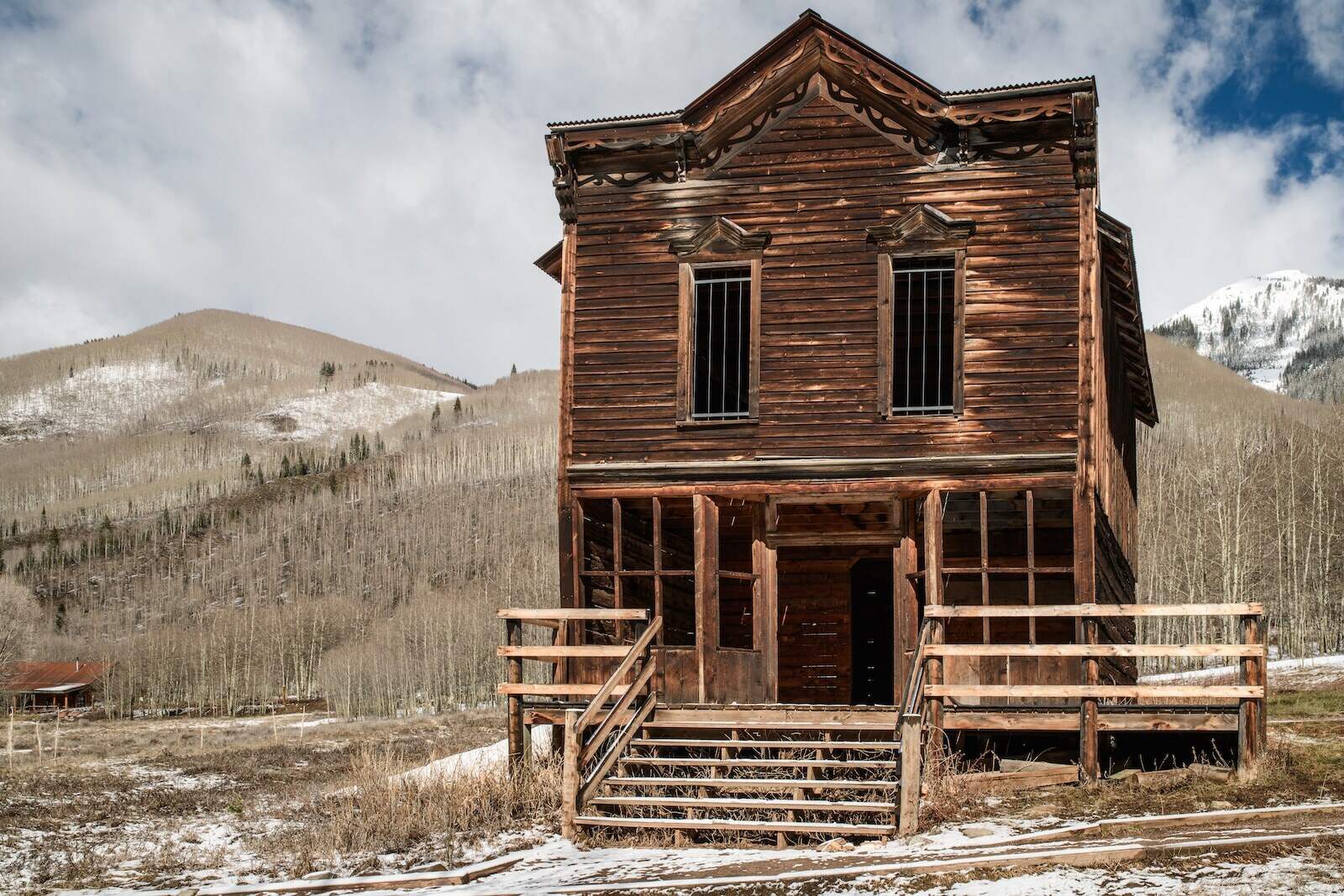Mysteries Of Colorado’s American Basin Ghost Towns

Have you ever wondered about the ghost towns hidden in Colorado's American Basin? These abandoned places tell stories of a time when gold and silver lured thousands. Once bustling with miners and their families, these towns now stand silent, offering a glimpse into the past. Walking through these deserted streets, you can almost hear echoes of the past, from the clinking of miners' tools to the laughter of children playing. Each town has its own unique history, waiting to be discovered by curious travelers. Whether you're a history buff or just love a good mystery, exploring these ghost towns can be an unforgettable adventure. With their crumbling buildings and overgrown paths, they remind us of the dreams and hardships of those who once called them home. Ready to step back in time and uncover the secrets of these forgotten places?
Discovering the Ghost Towns of Colorado's American Basin
Colorado's American Basin is a land of mystery and history, where abandoned towns whisper tales of the past. These ghost towns, once bustling with life, now stand as silent reminders of a bygone era. Let's explore some of these intriguing places.
1. St. Elmo
Nestled in the Sawatch Range, St. Elmo is one of Colorado's best-preserved ghost towns. Founded in 1880, it thrived on mining and the railroad. Today, visitors can wander through its well-kept buildings and imagine life in a bustling mining town. The general store still operates, offering a glimpse into the past.
2. Animas Forks
High in the San Juan Mountains, Animas Forks was once a thriving mining community. Established in 1873, it boasted a newspaper, hotels, and a post office. Now, its weathered structures stand against a backdrop of stunning mountain scenery. The highlight is the Duncan House, a two-story structure with a bay window, offering a peek into the lives of its former residents.
3. Ashcroft
Located near Aspen, Ashcroft was a silver mining town in the late 1800s. At its peak, it had 20 saloons and two newspapers. However, the silver boom was short-lived, and the town was abandoned. Today, visitors can explore the remaining buildings and learn about its brief but vibrant history.
4. Independence
Perched at 11,000 feet, Independence was one of the highest mining camps in Colorado. Founded in 1879, it quickly grew to house over 1,500 residents. The harsh winters and dwindling gold led to its decline. Now, only a few structures remain, but the breathtaking views make the journey worthwhile.
5. Capitol City
Once envisioned as the capital of Colorado, Capitol City was founded in 1877. It had a hotel, post office, and even a bank. However, the dream of becoming the state capital never materialized, and the town faded away. Today, visitors can see the remnants of this ambitious settlement and ponder what might have been.
6. Ironton
Ironton was a bustling transportation hub in the late 1800s, connecting mining towns in the San Juan Mountains. It had a school, hotels, and a post office. As mining declined, so did Ironton. Now, its abandoned buildings stand as a testament to the boom-and-bust cycle of mining towns.
7. Gothic
Gothic was a silver mining town founded in 1879. It quickly grew to over 1,000 residents, with saloons, hotels, and a newspaper. However, the silver crash of 1893 led to its decline. Today, Gothic is home to the Rocky Mountain Biological Laboratory, where scientists study the area's unique ecosystem.
8. Carson
Carson, located in the San Juan Mountains, was a gold and silver mining town. Founded in the 1880s, it had a post office and several businesses. The harsh climate and dwindling resources led to its abandonment. Now, only a few log cabins remain, offering a glimpse into the rugged life of its former inhabitants.
9. Alta
Alta was a silver mining town near Telluride, established in the late 1800s. It had a school, post office, and several businesses. The town was abandoned after a fire in 1948. Today, visitors can explore the remaining structures and enjoy the stunning views of the surrounding mountains.
10. Vicksburg
Vicksburg, located in the Clear Creek Canyon, was a gold mining town founded in the 1860s. It had a school, post office, and several homes. The town was abandoned as mining declined. Now, visitors can see the well-preserved cabins and imagine life in this remote mountain community.
Discovering the Past in American Basin
Exploring Colorado's American Basin ghost towns offers a unique glimpse into the past. These towns, once bustling with life during the gold rush, now stand as silent reminders of a bygone era. Walking through these abandoned streets, you can almost hear the echoes of miners and families who once called these places home. Each town tells its own story, from the rise and fall of mining booms to the challenges of frontier life. Visiting these sites is not just about seeing old buildings; it's about connecting with history and understanding the resilience of those who lived there. Whether you're a history buff or just curious, these ghost towns provide a fascinating journey into the past. So, next time you're in Colorado, take a detour to the American Basin and let these forgotten towns share their secrets with you.

